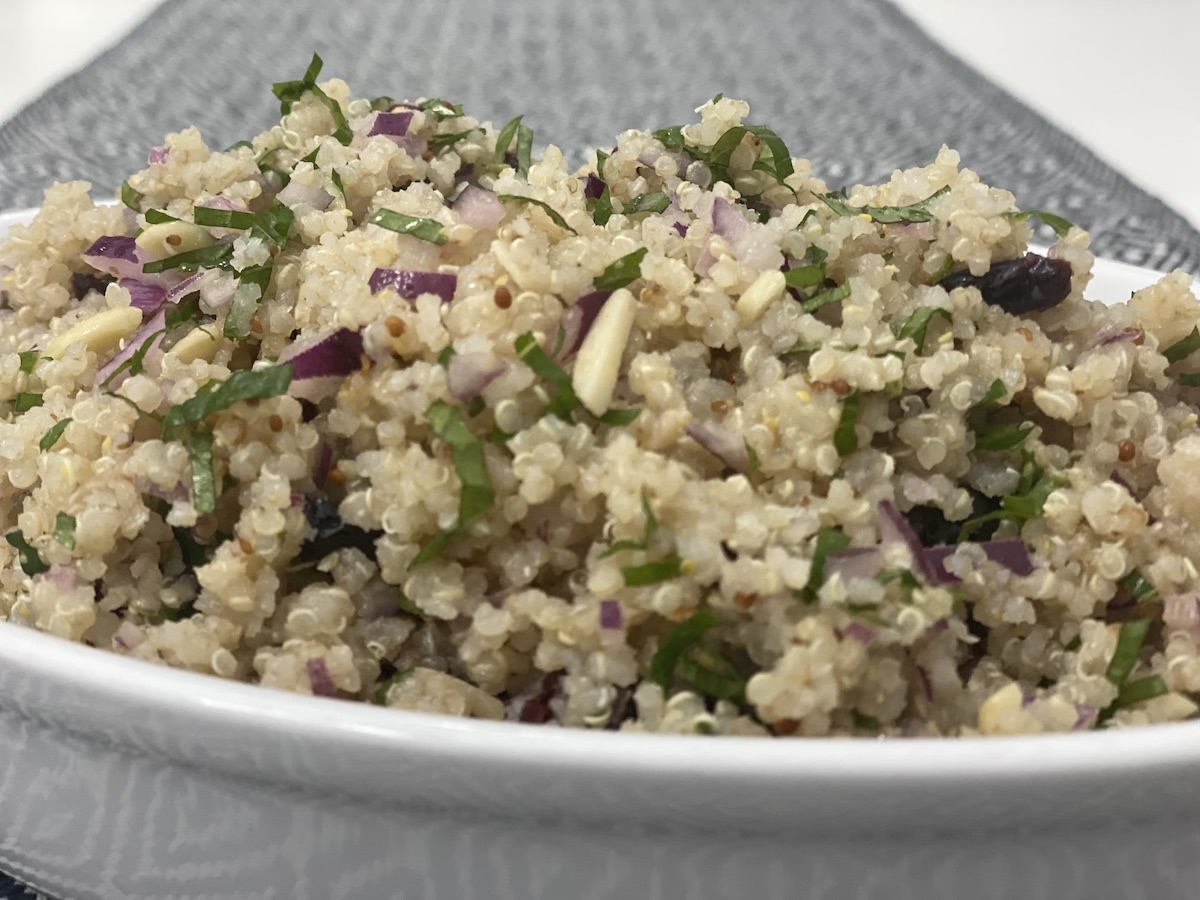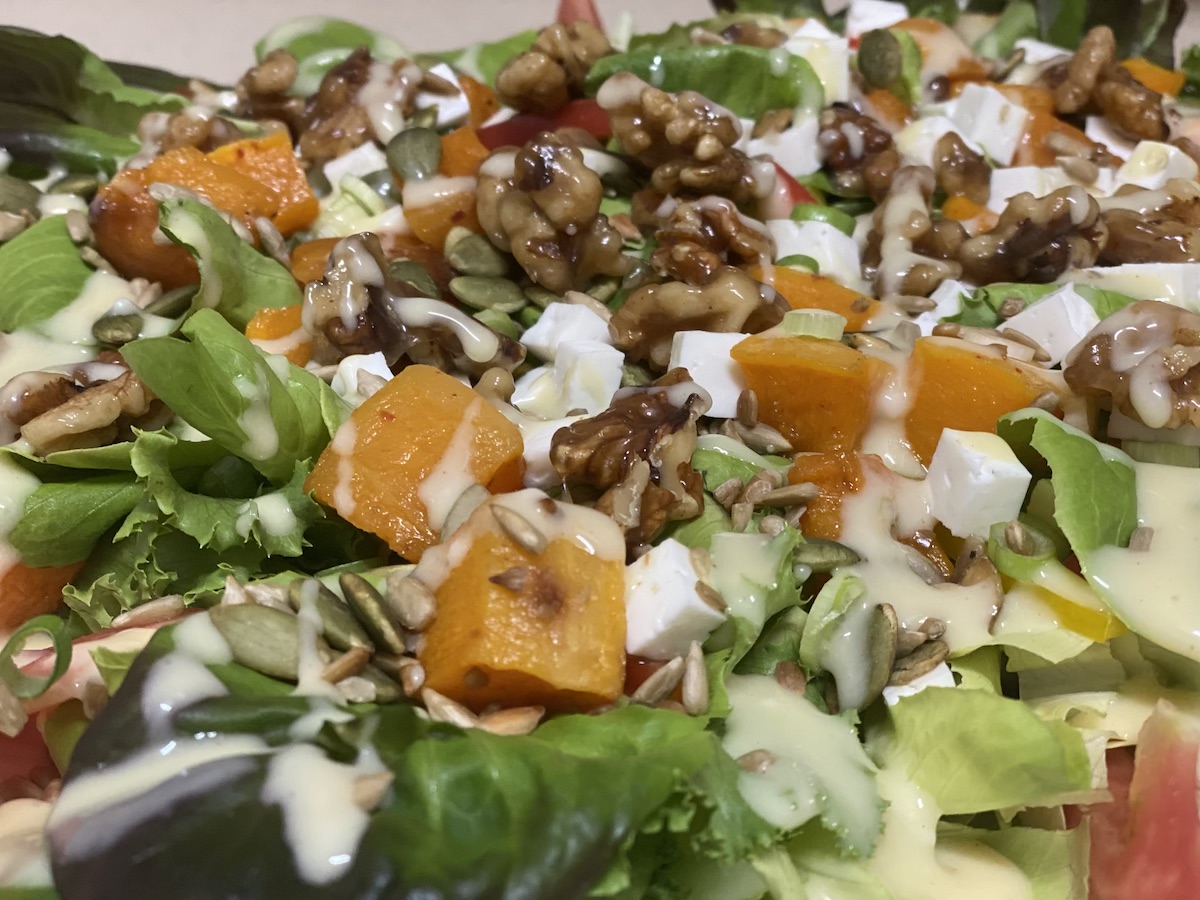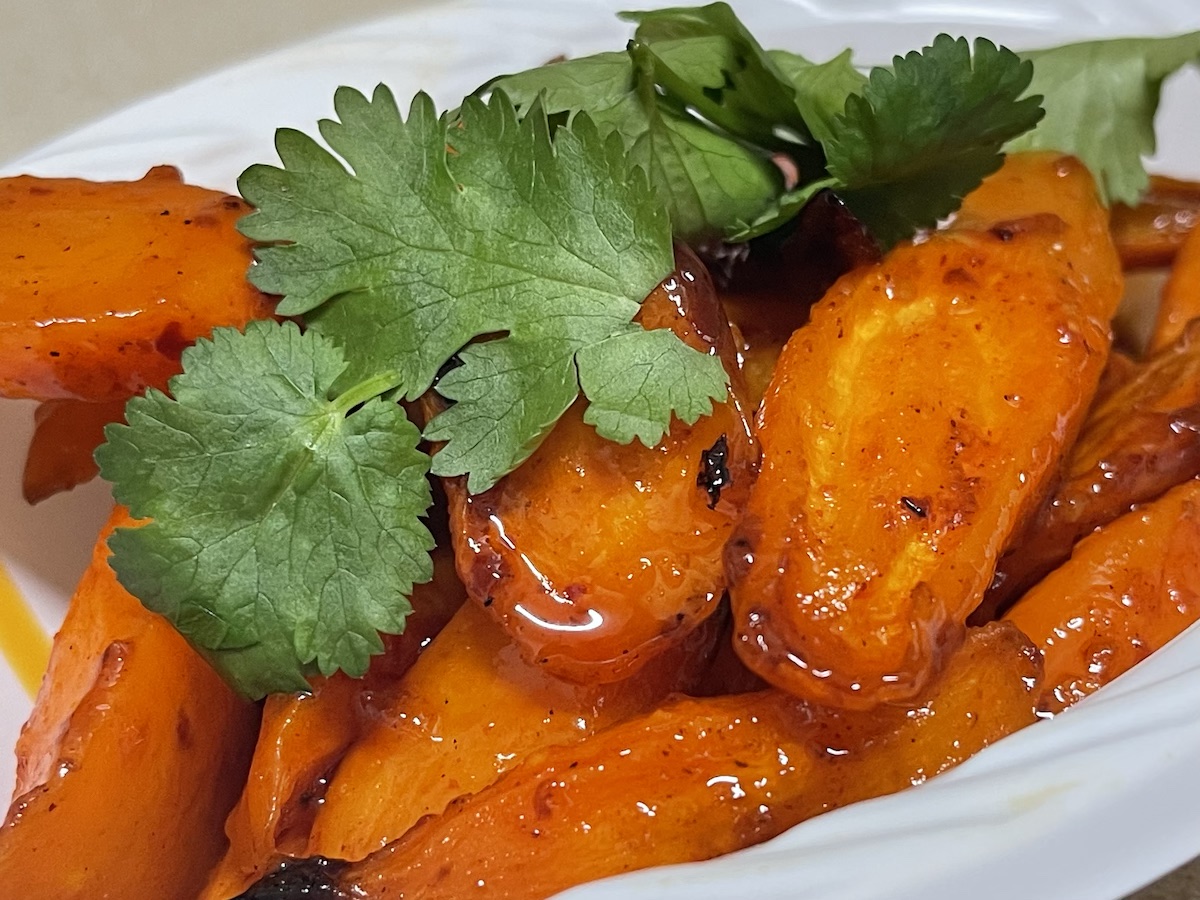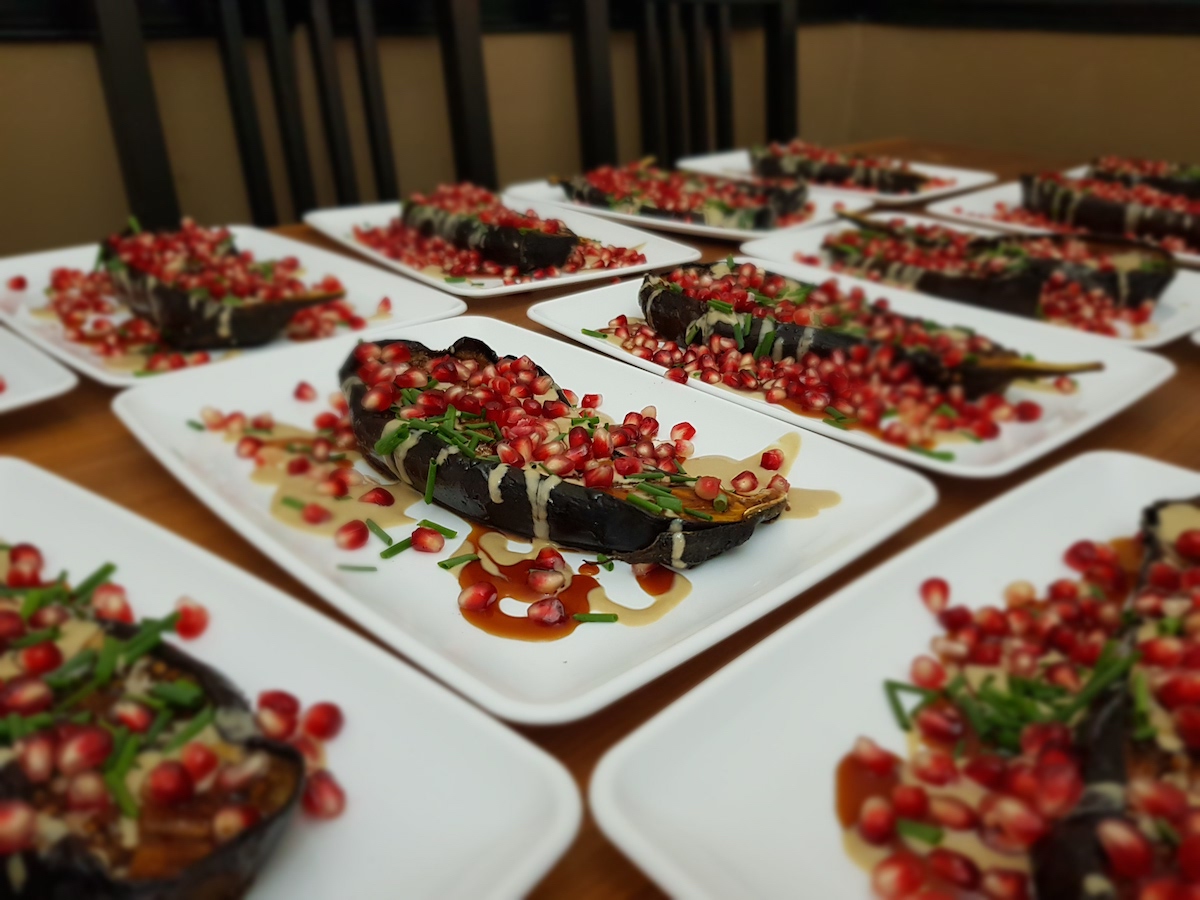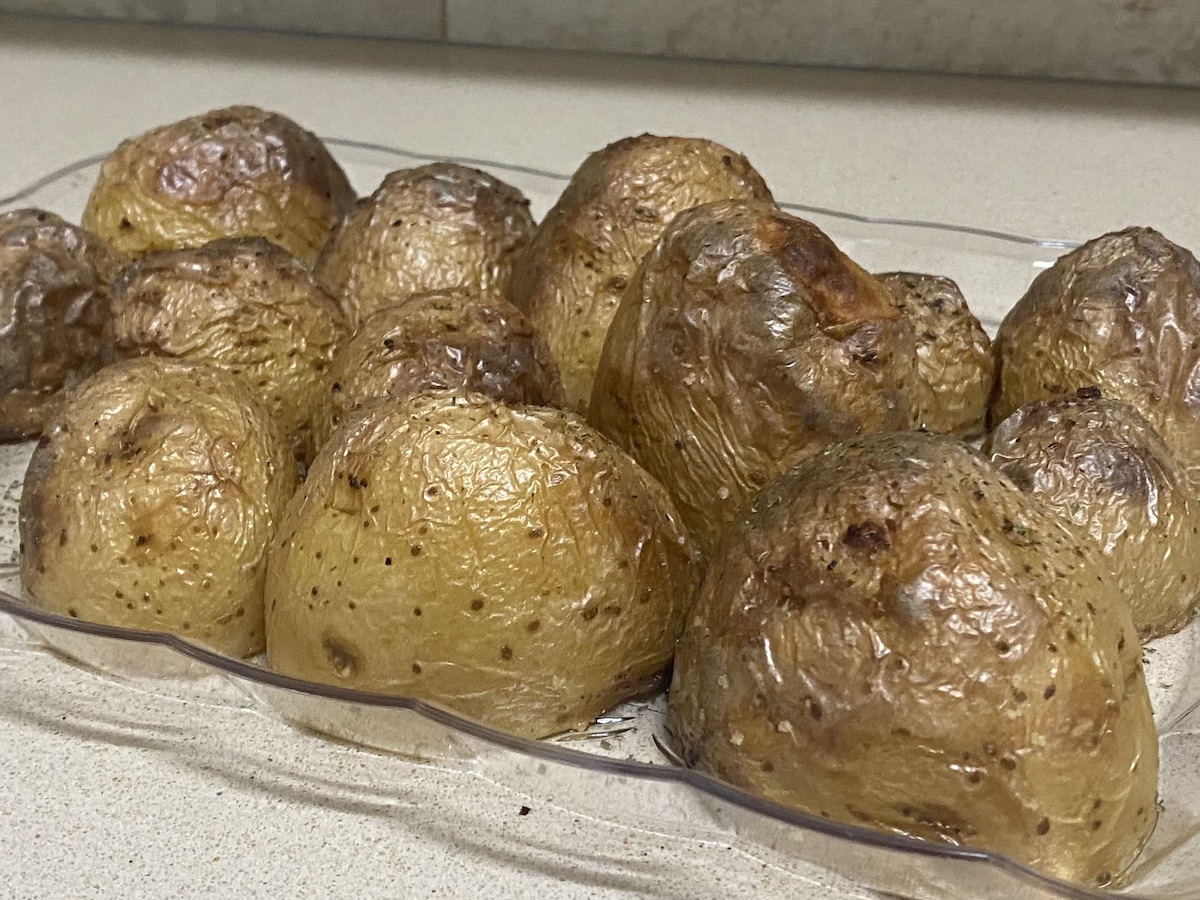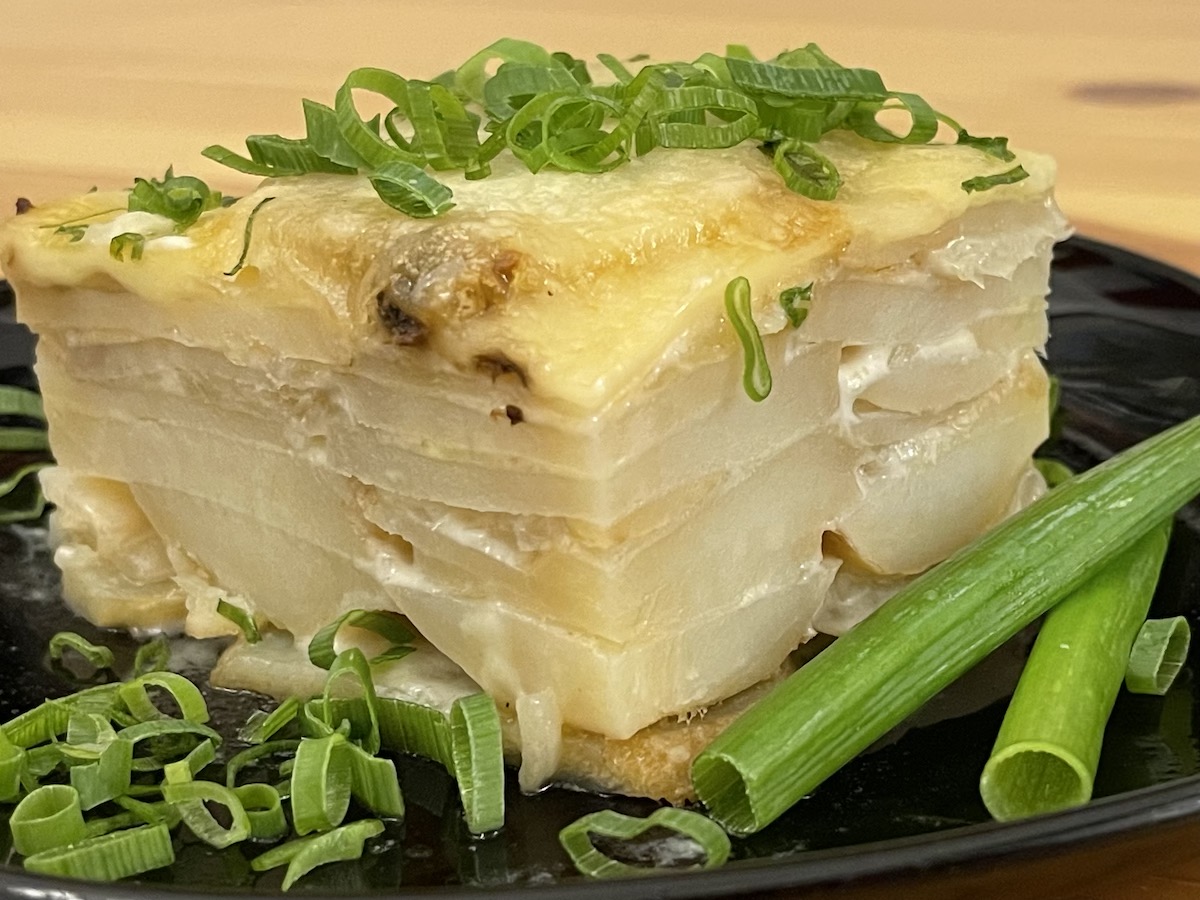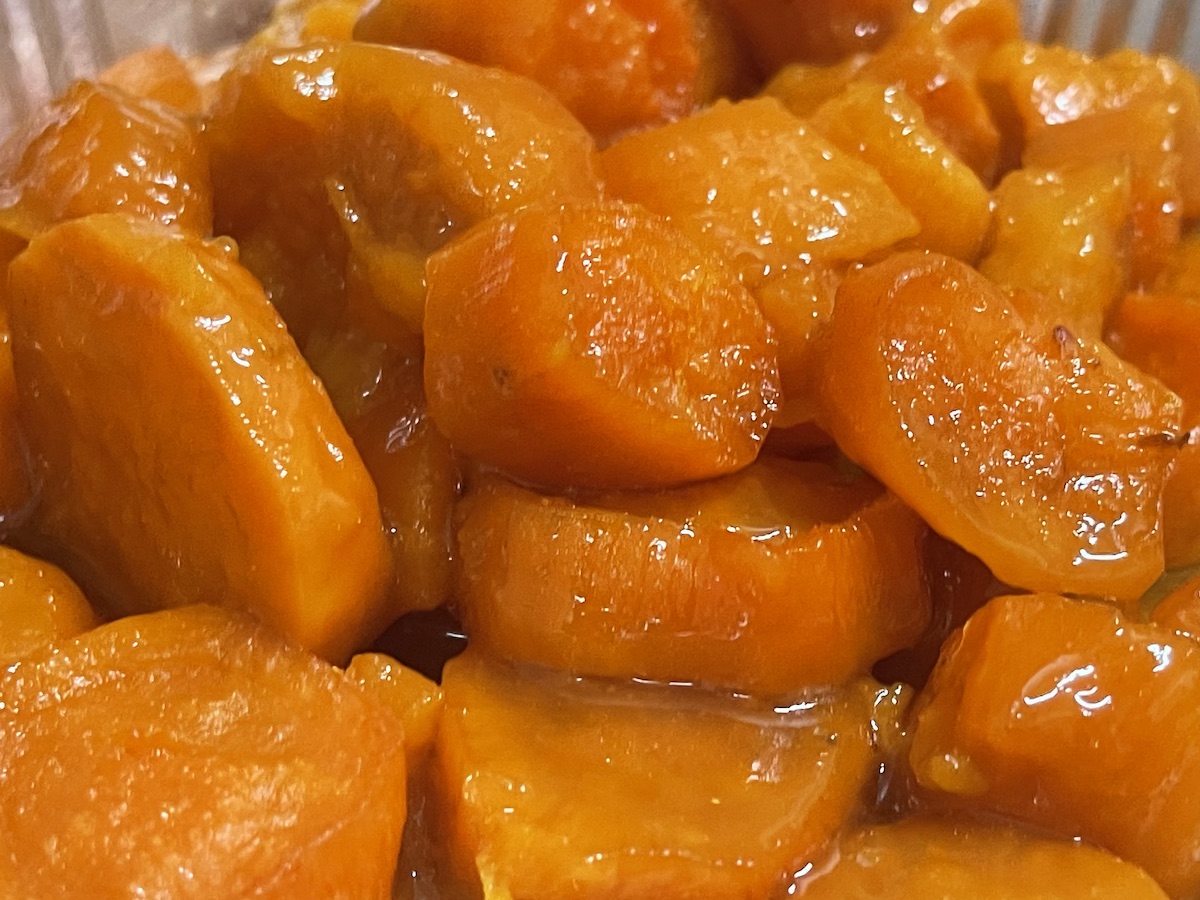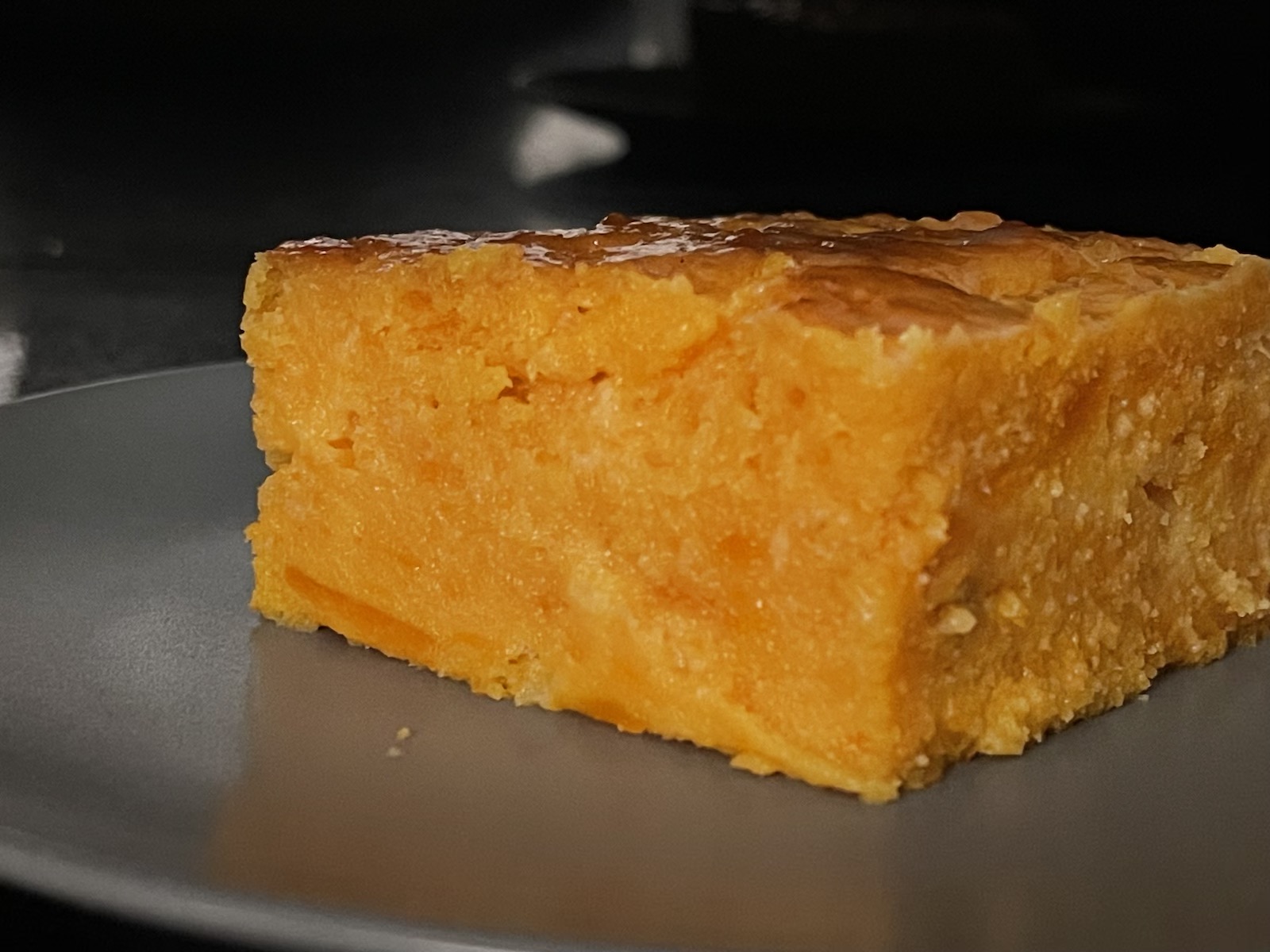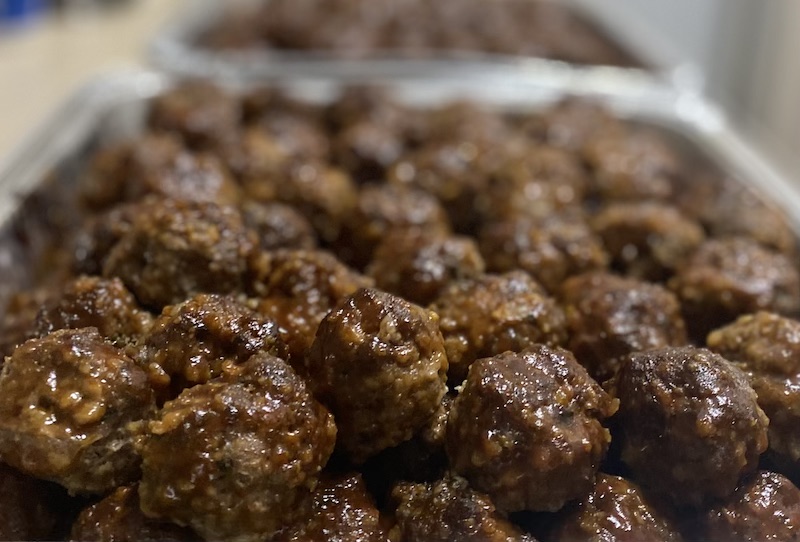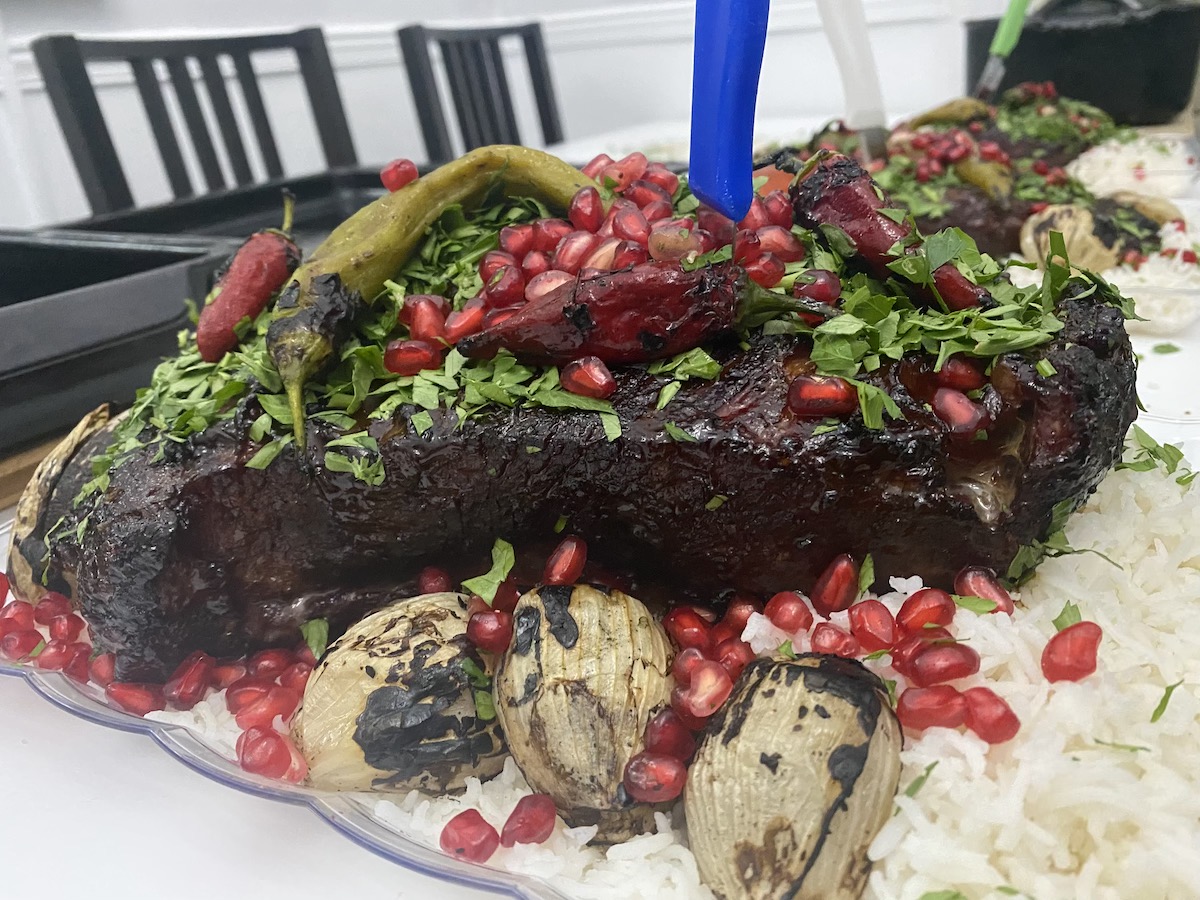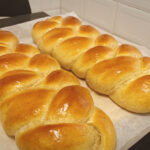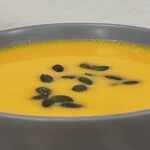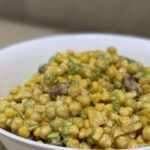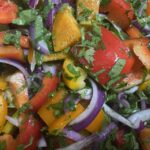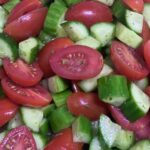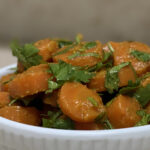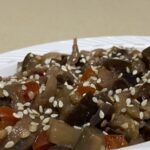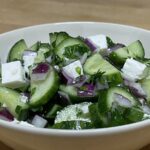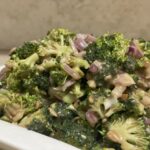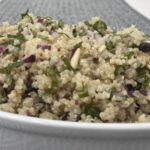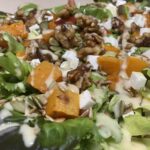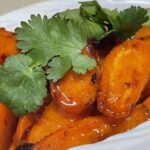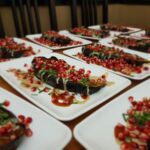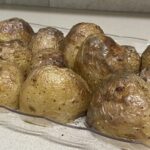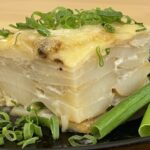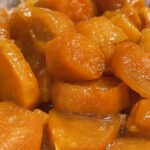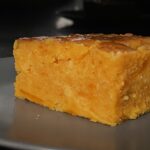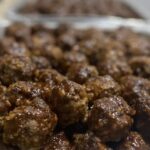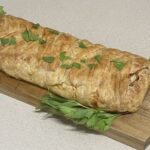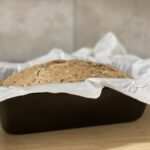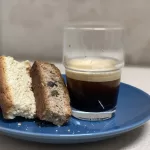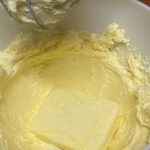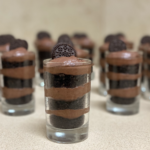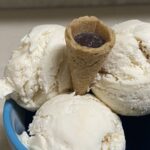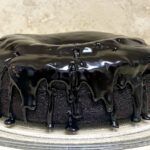One of our dear friends introduced Jacques to quinoa salad while she and her daughters were visiting Israel even before we got married. A quinoa salad is a great addition to any meal. We especially like to serve it when we are making a roast in the oven as it’s fresh acidic taste brings a nice balance to a rich meaty taste.
I have a hard time making the quinoa itself as it has a tendency to overcook which leaves the texture mushy, so I have now opted to leave the preparation of the quinoa in Jacques’s capable hands. There are many helpful websites with instructions on how to prepare quinoa but this is a method that works for us.
A very important step is to first wash the quinoa before you boil it as it can have a bitter taste to it if you don’t.
We use a ratio of 1 cup of quinoa with 1 and 1/2 cups of water with a bit of salt. With the lid off bring the quinoa to a boil. Reduce the heat, cover the pot and allow to simmer for 10min (please set a timer as it is so easy to forget about your quinoa on the heat). Remove the pot from the heat and leave it covered to steam for another 10 minutes. Remove the lid fluff the quinoa using a fork.
Allow the quinoa to completely cool. We normally cook it the day before and combine the rest just before serving to keep everything nice and fresh. You can also make the dressing the day before.
When making the dressing make sure that you do not make too much, you basically just want to wet the salad and not drench it with dressing. We use about the same amount of olive oil, apple cider vinegar and lemon juice and then add the mustard and maple syrup, salt and pepper. Taste the dressing to make sure it has enough of everything. You might want it a bit more sweet or acidic, it is easier to adjust the flavour of the dressing before adding it to the salad.
Add your sliced almond or nut of your choice. It is just to add a crunchy texture to the salad, so you don’t need too much.
Add the cranberries or dates. Cranberries are easy while dates are a bit more work. Both options are great, this depends on your personal preference. For the dates you need cut it open and remove the pip, cut it into 1/2cm slices lengthwise and then cut these strips into squares. Dates get sticky when cutting to avoid it sticking to the knife you can oil your knife or keep a container of hot water nearby to melt the sugars off the knife.
The mint leaves are a bit of a hassle to prepare but the taste is worth the while. We normally purchase a nice bunch of fresh mint. Remove the leaves and stack them on top of each other and roll them up like a little cigar. Then we cut it into thin strips. The more mint you add to your salad the more flavour and colour you will have.
Just before serving, add the dressing and make sure everything is well combined. If you have some extra dressing you can save it for later. You can add some mayonnaise to it this goes very well on a leafy salad.
This is a very nice way to serve the quinoa salad and we prefer to keep it simple.
If however you want to increase the volume of your salad you can consider to add chopped cucumber pieces, cherry tomatoes cut in half, diced red onions or even diced of bell peppers.

